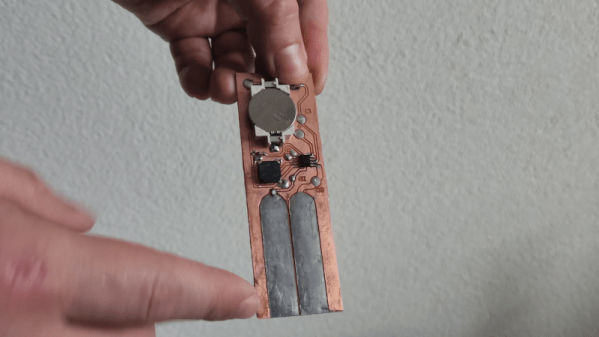Sodastream machines are a fun way to turn tap water into carbonated water. However, the canisters are expensive and generally require a trip to the store to get a replacement. Lifehacker has a workaround that may make life easier for the bubble-addicted set.
The trick is simple: simply buy a larger bottle of CO2, and hook it up to the Sodastream in place of the regular cartridge. CO2 can be bought in large cylinders at a far cheaper rate than Sodastream will charge you for their proprietary canisters. All you need is a local supplier of food-grade CO2 in cylinders, and you can visit them when you need a refill or swap.
There are several caveats, though, which the comment section dicussed when we featured a similar hack before. Getting an extra-large CO2 canister can pose a risk to life if there’s a leak. Alarms may not save you as the heavy gas has a tendency to lurk low to the ground. You should also consider using a regulator to lower the pressure from your large canister to something closer to the levels the Sodastream machine is built to withstand. Beyond that, you want to ensure you’re using food-grade CO2. Don’t go bubbling cheap welding gas through your water if you want to live a long and healthy life.
It’s a neat hack, it’s just one that requires you to practice proper gas safety at all times. Reports are that a cylinder costing less than $200 can last you for several years though, with ultra-cheap refills, so it may indeed be worth the hassle! Go forth and bubble, friends.

















